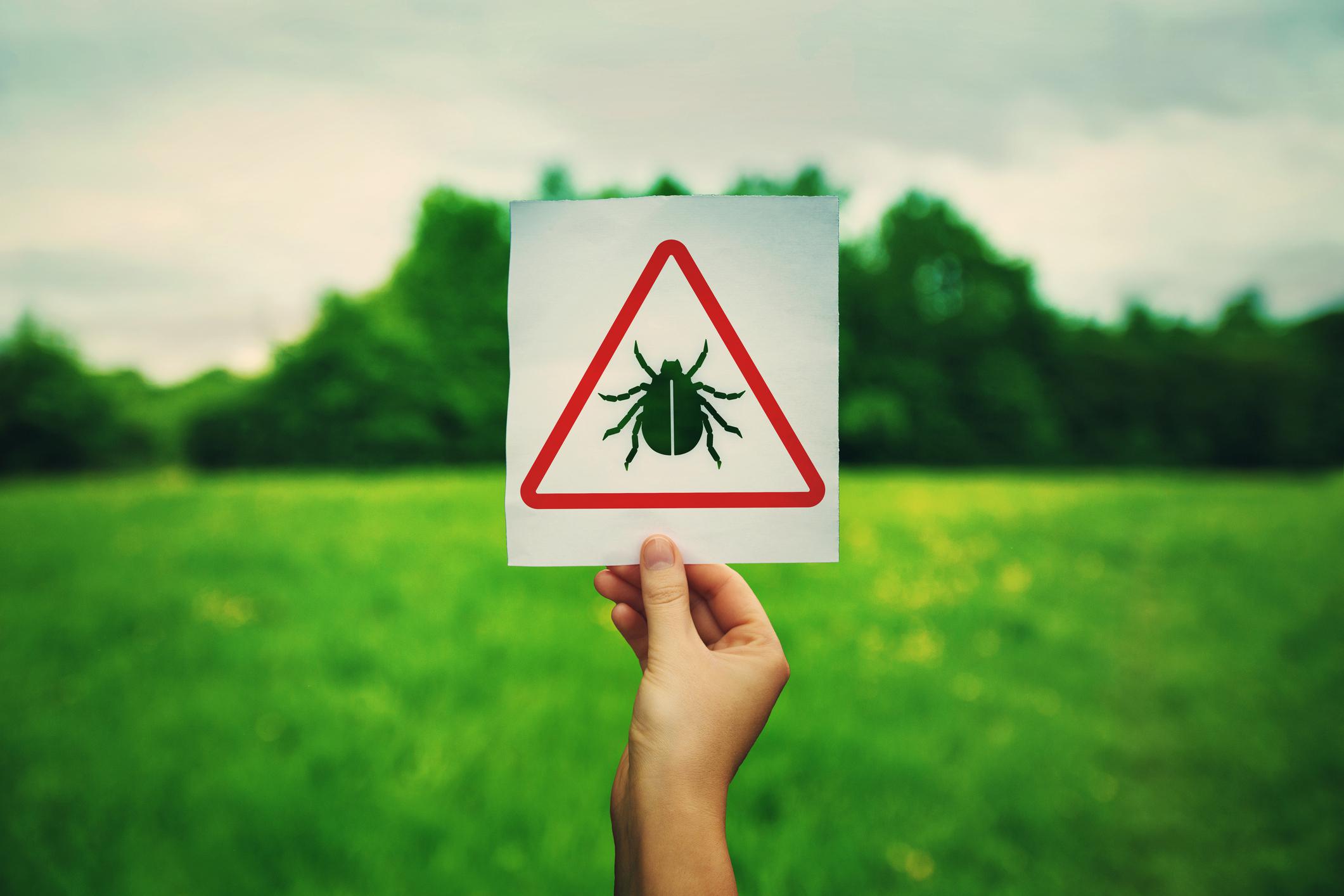Can Dogs Get Tick Fever (Ehrlichiosis)?
Posted by Mosquito Squad
June 16, 2017
When it comes to discussing tick-borne illnesses, Lyme disease is the one that most people think of first. However, there’s another, very common and dangerous disease that should be on your radar…for both you and your pets.
What is Ehrlichiosis in dogs?
Tick fever, or Ehrlichiosis, is a tick-borne bacterial illness that causes flu-like symptoms. These symptoms usually begin within a week or two of being bitten, and they range from mild body aches to a severe fever.
Can dogs get tick fever?
This disease affects humans, but many wonder if dogs can get it. The answer is yes. In fact, it is a major concern for dog owners because Canine Ehrlichiosis is the most common and one of the most dangerous tick-borne diseases that affect dogs.
Dog owners should be familiar with this disease in order to protect their four-legged family members. Here are answers to some of the most common questions about Canine Ehrlichiosis.
How is Ehrlichiosis transmitted?
The disease is spread primarily by the bite of a brown dog tick. It can also be transmitted by the lone star tick. Brown dog ticks are reddish-brown without any distinctive markings. They are about an eighth of an inch long before feeding. Lone star ticks can be easily identified because females have a white dot on the center of their back. Males have white lines or streaks around the edges of their body.
What are the symptoms of tick fever in dogs?
In dogs, symptoms usually appear less than month after the tick bite. They include fever, loss of appetite, weight loss, depression, stiff and painful joints, and bruising.
How is Canine Ehrlichiosis treated?
To get rid of the bacteria, antibiotics are given for up to four weeks. Tetracycline hydrochloride and doxycycline are common and effective options. Dogs with healthy immune systems will usually recover well, but there is a risk of reinfection. Pay close attention to your dog’s behavior during recovery and visit your vet regularly for testing to monitor for recurrences.
How can tick fever be prevented?
There is no vaccine available for Ehrlichiosis, but there are many ways to protect your dog from ticks.
- Keep your dog away from areas with prevalent tick populations, such as heavily forested spaces or fields of tall grass.
- Check your dog’s coat and skin regularly for ticks, especially after your dog goes outside. If you find one, remove it promptly using the proper method. If the tick is engorged, you may want to visit the vet for testing.
- Use a mist, collar, or topical product to repel and kill ticks. Talk to your veterinarian to find the product that will be most effective for your dog. You could also consider a natural tick repellent.
- Take your dog to the vet regularly for screenings to check for tick-borne diseases.
Eliminating ticks through pest control
If your backyard is a high-risk area for ticks, you may want to look into professional pest control services to protect your dog and your family from potential tick bites. Mosquito Squad of Greater Washington DC today for information about our tick control services that will rid your yard of disease-carrying pests.















